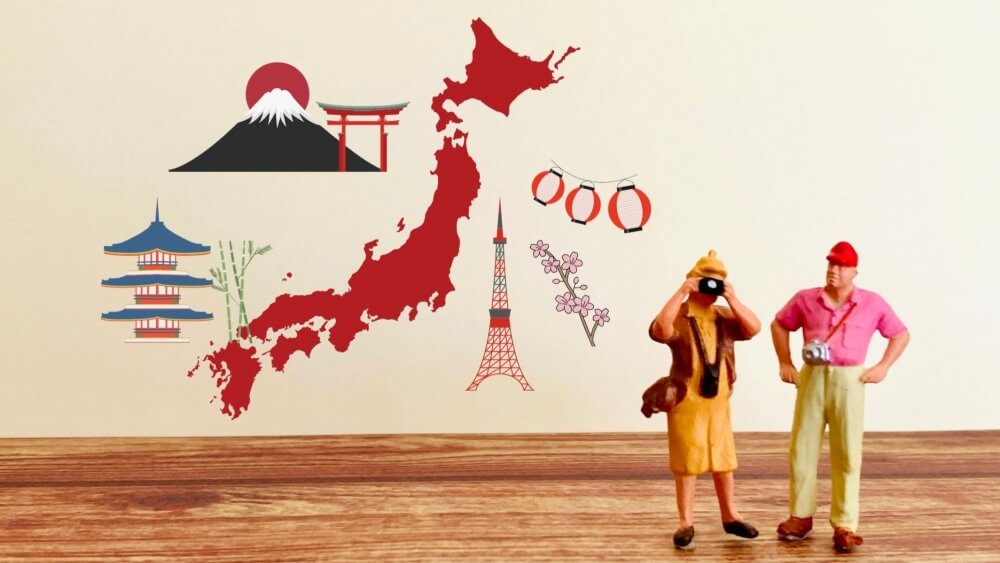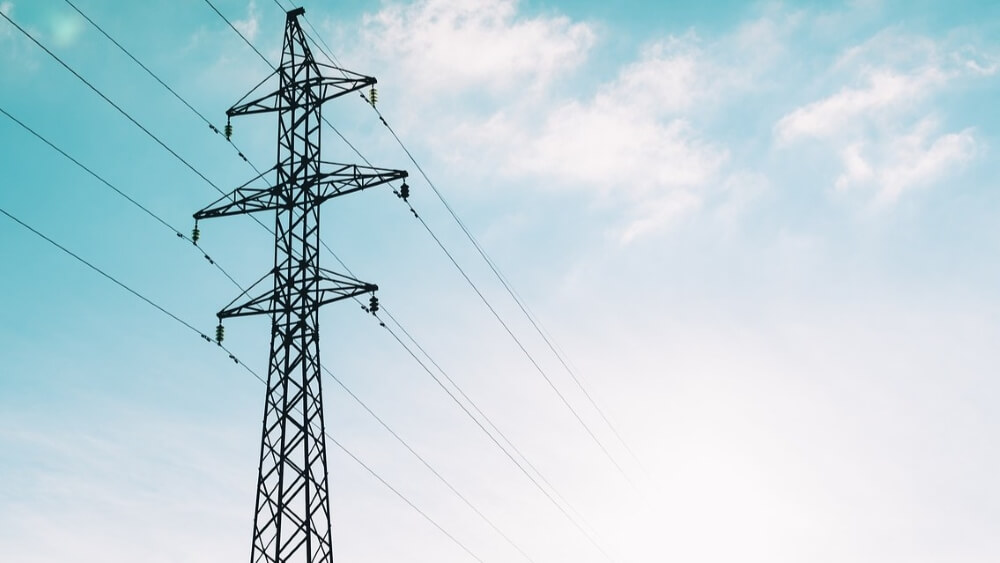When people start learning a new language, one of the most common questions is, “Is this language hard to learn?” Here, we explain why Japanese is sometimes considered a difficult language, as well as the aspects that actually make it easier than you might think.
Is Japanese Really Difficult?
It is important to be aware that the difficulty of language acquisition varies depending on the learner’s native language. Just as it is easier for an French speaker to learn English than for a Japanese person, it might be more challenging for an English speaker to learn Japanese than for a Korean speaker, for example.
Addressing the question of whether learning Japanese is difficult requires explaining two different aspects. Firstly, when it comes to speaking Japanese, it is not particularly difficult. Especially, if your goal is to be able to engage in everyday conversations, it is relatively easy to achieve.
On the other hand, if your aim is to achieve an advanced level of Japanese, including reading and writing, significant effort is required. Japanese is strongly influenced by cultural contexts, and as you reach an advanced level, understanding these unique nuances becomes crucial, raising the difficulty level.
In simpler words, if you wonder if Japanese is hard to learn, our answer is “fairly easy for everyday talk, but gets tough as you aim higher.” Now, we will explain why.
Reasons Japanese is Difficult to learn
Kanji
“Kanji” is sometimes the motivation for foreigners who start learning Japanese, and it can also become the initial significant hurdle for learners. In Japan, alongside “hiragana” corresponds to alphabets in English, and “katakana,” which represents foreign languages, “kanji” are used.
“Hiragana” and “Katakana” each consist of 46 characters, with a relatively small number of strokes, making them comparatively easy to learn. On the other hand, there are approximately 2000 kanji used in Japan, and some of them are difficult for even native speakers to read and write.
But don’t worry too much. To tell the truth, in today’s smartphone-centered lifestyle, knowing the general meanings of around 1,000 kanji is enough to live comfortably in Japan.
Although kanji originated in China, the characters used in Japan are different. While some characters may resemble each other, there are many distinct ones. Moreover, in China, where only kanji is used, there are almost twice as many characters used in daily life compared to Japan.
Different Grammar System than English
Japanese has a structure quite distinct from English or Latin languages. The typical order in Japanese is subject-object-verb, while western languages usually follow the subject-verb-object order. For example, the English sentence “I read a book” becomes “I book read” in Japanese, where the verb comes later.
This structural difference can lead to a tendency in Japanese to state the reason first and then the conclusion, which might feel uncomfortable for English speakers accustomed to presenting the conclusion first.
Check out articles about Japanese grammar if you are interested!
Japanglish / Wasei-eigo
In Japanese, many words borrowed from Western languages, like “chocolate,” “computer,” or “energy,” are used in everyday conversation. However, their pronunciation often differs from the original, which can lead to confusion. Moreover, these words are written in katakana, based on how they sound in Japanese, which can make it tricky for native speakers to spell the word in Katakana correctly, especially when typing on computer or on smartphones.
Additionally, there’s something called “Japanglish” or “Wasei-eigo“—Japanese-created English words that aren’t used in native English. These words are commonly mistaken by Japanese speakers as proper English. For example, “guts pose” means victory pose, “note pasokon” refers to a laptop, and “salary man” means office worker. You’ll frequently encounter them in daily life.
Keigo (Honorific speech)
For learners at an upper-intermediate level or higher, one of the biggest challenges in Japanese is “keigo (polite language)”. Keigo is a fundamental aspect of Japanese culture, used to show respect depending on the context and the relationship between speakers.
In fact, even native speakers struggle with keigo, and incorrect usage is sometimes so common that it can add to the confusion. But don’t worry! Keigo has different levels, and depending on your goals, you may not need to learn every complex detail.
Variation in Sentence Endings
In Japanese, sentence endings change depending on the speaker’s tone or intent. For example, using endings like “desu” or “masu” gives off a polite vibe, while “da” or “ne” sounds more casual. Adding “ka?” or “nano?” can turn the sentence into a question.
These small variations can change the meaning, adding layers of emotion like anger, politeness, or humor. It takes time to grasp the subtle differences, but understanding these will greatly improve your communication skills.
Reasons Japanese is Easy to Learn
Simplicity in Grammar
The good news is that Japanese grammar is relatively simple. The language only has two tenses : present (which also covers future) and past. For instance, “I eat” and “I will eat” are both “taberu” in Japanese. If needed, you can add a time marker like “tomorrow” to clarify. The minimal use of tenses greatly reduces the burden on learners.
Another aspect that makes Japanese easy to learn is that there are no articles like “a” or “the,” and no gender or plural forms. For example, “an apple,” “apples,” and “the apple” are all simply “ringo” in Japanese.
Limited Phonemes
For many learners, Japanese pronunciation often considered the easiest part. While English has a total of 39 phonemes, with 15 vowels and 24 consonants, Japanese has only 19 to 21 phonemes in total, with 5 vowels and 14 to 16 consonants.
For example, Japanese lacks certain consonants that are crucial in Western languages, such as F, L, and V. Strictly speaking, F and H, L and R, B and V are often treated as the same sound. As a result, people whose native languages include a broader range of sounds may find it easier to master Japanese pronunciation.
Minimal Communication
In Japanese, communication can be established with just words in some situations. We usually leave out the subject, and sometimes even omit the object. For example, if you’re meeting a friend to go shopping, you can simply say, “Iku?” (Go?), leaving out “we” or “shopping.” Similarly, saying “suki” (like/love) while gazing at your partner implies the subject “I” and the object “you”.
To add to that, in Japan’s high-context culture, non-verbal communication such as gestures, facial expressions, and tone of voice is often used instead of relying solely on words. While such communication may lead to confusion in some situations, it can be helpful for beginners with limited vocabulary, as a few words can convey the intended meaning.
Learning Japanese comes with its share of challenges and easy aspects, but if your goal is to handle everyday conversation, it’s definitely an achievable language. So, if you’ve ever had an interest in learning Japanese, why not give it a try? You might be surprised at how quickly you can pick it up!





